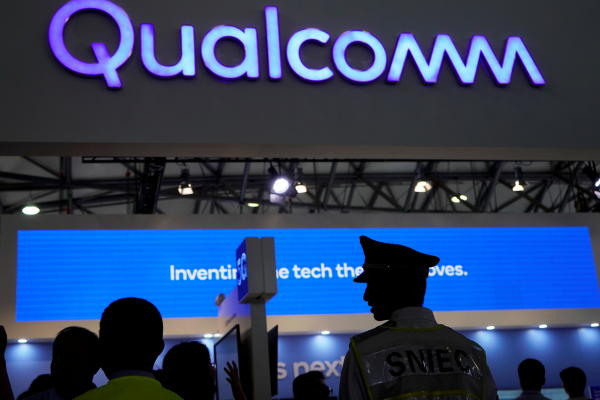MarTechTalk: Be a part of the retail and e-commerce martech transformation
On 25 June 2024, Martech Talk host Kevin Craine Velica was joined by Neha Dadbhawala, Head of Martech, SEEK; Peggy Salz, Content Strategist and founder, Mobile groove; and Greg Armshaw, Senior Director, Strategy - APAC, Brightcove.
Views on news
For the longest time, commerce technology and marketing technology often existed in parallel universes. The way that manufacturers managed their sales channels was historically quite separate from the marketing of their brands. However, a retailer’s commerce tech stack is equally as important as their martech stack today.
Commerce tools such as inventory management, supply chain visibility, demand forecasting, logistics and payment must mesh with marketing technology. Retailers like Shein are taking supply orchestration and elevated consumer expectations to another level – manufacturing products in real time in response to demand. It’s what Shein calls an “on-demand model” — launching new products in micro batches of 100-200 items, gaining instant customer feedback, then making up and rapidly restocking popular items.
E-commerce customer journeys are mostly mobile experiences, so retailers must ensure that they provide that best experiences regardless of what smartphone the customer is on. The integration of different e-commerce systems is key to utilising customer and other types of data.
Tools that can enable engagement with customers
Customers have questions, especially at certain touchpoints along their shopping journey and a high rate of returns may be an indicator that their questions don’t get fully answered. Once customers are on your site, the most effective way of keeping them engaged is video. Brand utility and consistency are also becoming increasingly important. Therefore, the focus should be on offering value while also understanding the value that you offer as a brand. To avoid customers having questions in the first place, you can invite them to self-identify. You can also ask customers to log in and out in order to learn a bit more about them.
Earlier, video was only used for the product page as an 8-16 second video on the product detail page – especially in the apparel space. However, video can also be leveraged to help people with product discovery. A video instructing customers how to use their trainers, for example, generated a huge number of return sales. This demonstrates how education can become an important technique for customer engagement. Increasingly, this is done by micro-influencers and individuals to make messages sound more authentic. Videos are the most effective when vertical and the length can vary from one minute videos to long ones where micro influencers educate their audience.
AI can enhance the experience by bringing together data from all touchpoints to help vendors influence the customer decision. AI plays a central role on customer data platforms too by creating more intuitive content when the customer clicks on certain information. To assess the effectiveness of videos, you should evaluate the whole customer journey to see where videos were watched and whether with positive or negative outcomes. CDPs, behaviour AI analytics and cross-channel tracking are great complementary tools, but marketeers need to make sure that they bring real value. The tools are there, the difference is in how companies put them together – for example video and CTV.
Chatbots can be integrated into the brand experience. The CTO, CMO and the commercial officers must collaborate to find the technology gaps that hinder the customer journey and augment the technology they already have accordingly. When buying new tech, the native integration element should be a top priority. If the integration isn’t there, vendors can often offer stopgap solutions and sort out integration in the long run, as well as provide support during the implementation process.
VR and AR offer great opportunities to provide online customers with immersive experiences, but there are concerns regarding their use too. It’s contentious whether AI-generated influencers that endorse products can enhance trust with customers. AI is tremendous help with translations too and works amazingly with many languages, but there still needs to be a human in the loop. Translation by AI which can be game changing for businesses with low budgets selling across multiple countries or regions.
The panel’s advice
- Currently, there are about 11,000 types of martech software on the market.
- The publisher and the outlet are the new audience, as now you can’t go directly to the consumer.
- See what technology you already have and complement them with new ones that address the friction points in the customer journey. Sometimes marketing is not to blame for customers dropping out of the funnel but the UX of an app.
- The question is not what technology we need to buy but how to use what we already have in a creative, novel way.
- Don’t build a Ferrari without the driver. Think of your staff who are going to use the martech tools and prepare them for it.

Business Reporter Team
Related Articles
Most Viewed
23-29 Hendon Lane, London, N3 1RT
23-29 Hendon Lane, London, N3 1RT
020 8349 4363
© 2024, Lyonsdown Limited. Business Reporter® is a registered trademark of Lyonsdown Ltd. VAT registration number: 830519543





